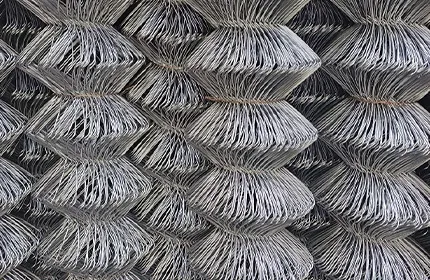-
 Phone:
Phone: -
 Email:
Email:

Techniques for Crafting Strong and Durable Chain Link Fences for Your Property
The Art and Craft of Chain Link Fence Weaving
Chain link fences are a familiar sight in our urban and rural landscapes, offering security, privacy, and boundary delineation. Weaving chain link fencing is not just a practical task; it is a skill that combines artistry, engineering, and craftsmanship. Understanding the process of chain link fence weaving can shed light on its significance in both functionality and aesthetics.
The Basics of Chain Link Fencing
Chain link fencing, also known as diamond mesh fencing, consists of woven wire fabric that forms a strong protective barrier. The primary materials used in this type of fencing are galvanized steel wires that resist rust and corrosion, ensuring durability. The woven pattern of the wire creates a diamond-shaped opening, providing visibility while simultaneously serving security purposes. The height of chain link fences can vary, ranging from four to twelve feet, depending on their intended use.
The Weaving Process
The process of weaving chain link fencing involves several steps. Initially, wire rolls are prepared, with each roll containing a set length and gauge of wire. The weaving starts with the preparation of the terminal posts that anchor the fence. These posts are secured into the ground to provide stability.
The weaving itself is performed using a combination of manual labor and machinery. If done by hand, workers will set up the wires in a specific pattern, interlacing them to achieve the desired design while maintaining tension to ensure the fence is taut and secure. When machinery is used, automated processes expedite the weaving, allowing for faster production without sacrificing quality.
However, whether handcrafted or machine-made, the secret to a successful weave lies in the precise alignment and tension of the wires. Each wire must interlock correctly with its neighbors to form a cohesive and durable structure. Attention to detail is paramount; a few misalignments can compromise the fence’s integrity.
chain link fence weaving

Applications and Benefits
Chain link fencing finds application in various industries and environments. From residential properties to industrial complexes, its versatility makes it a popular choice. It provides a practical solution for keeping pets safe, marking property lines, and securing construction sites. Moreover, chain link fences can be enhanced with privacy slats or vinyl coatings, allowing homeowners to enjoy both security and aesthetics.
In agricultural settings, chain link fencing is utilized to contain livestock and protect crops from intrusions while permitting airflow and sunlight to reach the plants. Schools and playgrounds benefit from the visibility that chain link fences provide, allowing for monitoring while ensuring children’s safety.
Environmental Considerations
Additionally, chain link fencing is an environmentally friendly option; its materials can be recycled, and the longevity of the fence reduces the need for frequent replacements. As awareness of sustainable building practices increases, chain link fencing stands out as an eco-conscious choice.
Conclusion
In conclusion, chain link fence weaving is more than just a construction technique; it embodies a blend of art, functionality, and sustainability. As effective as they are practical, chain link fences provide security and outline spaces in our environments. Understanding the intricacies of weaving these fences enhances our appreciation for their role in modern construction and landscape design. Whether woven by hand or produced with the latest technology, they remain steadfast guardians of our properties and play a crucial role in shaping our surroundings. The next time you encounter a chain link fence, remember the craftsmanship behind its creation and the myriad benefits it offers.
-
Wire Mesh for Every Need: A Practical SolutionNewsJul.25,2025
-
Steel Fences: Durable, Secure, and Stylish OptionsNewsJul.25,2025
-
Roll Top Fencing: A Smart Solution for Safety and SecurityNewsJul.25,2025
-
Cattle Farm Fencing Solutions for Maximum SecurityNewsJul.25,2025
-
Affordable Iron Binding Wire SolutionsNewsJul.25,2025
-
Affordable Galvanized Wire SolutionsNewsJul.25,2025
-
Wire Hanger Recycling IdeasNewsJul.25,2025








